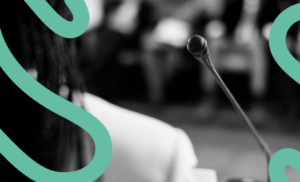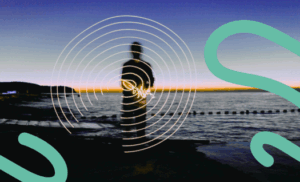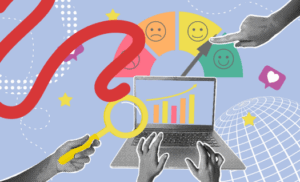An old Renault drives down a Paris street with a giant profiler installed on the roof. As it moves forward, it draws a thick red line on the road, as if outlining the outline of lips. At the same time, a huge applicator in a subway station enhances no less huge false eyelashes located in the first carriage of a train in a subway station. None of these actions are real, but the videos showing them, edited with 3D virtualization technology, go viral in a matter of hours through social networks. The so-called “digital out of home” (DOOH), or digital outdoor advertising media, has given way to “fake out of home” (FOOH) or fictitious guerrilla marketing creatives.
The era of virtual reality and artificial intelligence is leading to the development of marketing that relies on digital solutions to generate experiences and provoke sensations, regardless of whether the framework is based on real scenes or physical media. The greater accessibility of virtualization tools is also making it easier for us to create credible content with cheaper resources.
This has meant that one of the big marketing trends in 2023 has been, precisely, the development of impactful campaigns that have not set foot on the street. If guerrilla marketing sought to surprise audiences in situ with spectacular and unexpected actions in face-to-face environments, FOOH content involves provoking this surprise effect by superimposing digital effects on real images. None of what we are seeing has happened, but it generates a similar effect.
“FOOH content involves provoking this surprise effect by superimposing digital effects on real images.”
Advantages and limitations of FOOH
Maybelline, Popeye’s or Mattel are just some of the companies that have bet on the creation of this kind of fake content that, however, has the ability to generate an effect similar to that of traditional guerrilla marketing campaigns. Its advantages are obvious:
- Greater budgetary control, not only because of the use of more economical resources, but also because of the elimination of the costs of negotiating with third parties or the payment of permits to carry out dynamics in the urban environment (e.g., licenses from city councils).
- Spectacular results, thanks to the generation of scenes that would be impossible to achieve with physical resources.
- Virality, since the spectacular nature of the images and their verisimilitude quickly lead to their redistribution through social networks. Who doesn’t like to share something surprising?
On the opposite side, FOOH also shows shortcomings:
- The effect of spontaneity is lost, because the guerrilla marketing action does not involve any people and we do not see its effects of happiness, joy, fear or distress. What we contemplate in the images is fake.
- Confusion is generated, since some viewers think that what they see is a situation that has actually occurred. If we should not underestimate audiences, we should not overestimate them either, especially when this type of content is becoming more and more credible and is never identified by the brand as a simulation.
- They can lead to saturation, as the success of the pioneers inevitably leads to many other brands following the same path to achieve similar results… even if the “wow” effect is lost.
- They give grounds for legal uncertainty. Can I use in an action of this type resource images of public spaces where other trademarks or other companies are clearly identified? Can we consider these videos as commercial campaigns or just branded content with a playful interest?
The pandemic brought back the canvases on buildings as an unexpected and innovative advertising support, to showcase the most original, provocative and funny creativities and copies. Now, artificial intelligence is taking this provocation to virtual scenarios, where everything is possible and nothing is what it seems. Guerrilla marketing is certainly not what it used to be.










